After World War Two
Dale Airfield
There were about 4000 military personnel stationed in and around Dale during World War Two. Dale Airfield opened on June1st 1942 as a base for the Wellingtons of 304 Squadron, mostly flown by Polish airmen. Their main task was carrying out anti-submarine sorties in the Western Approaches.
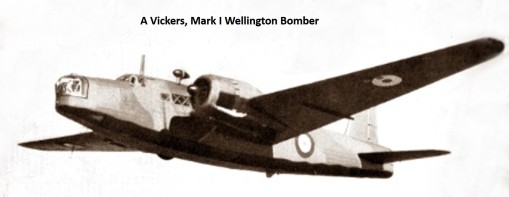

The badge of 304 Squadron
From April 1943 they were replaced by the Coastal Command Development Unit who operated a variety of aircraft.
In September 1943 the Royal Navy moved from Angle to Dale with 794 Squadron which comprised a mixed fleet of aircraft including Defiants, Fulmars, Miles Masters and Martinets and Beauforts.
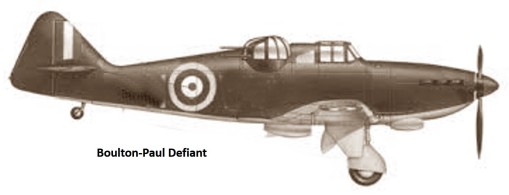


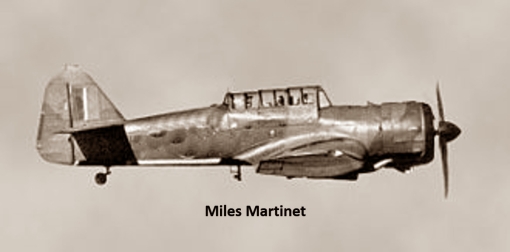
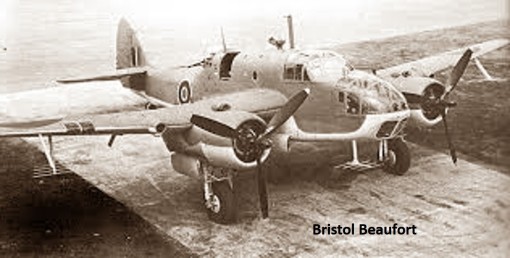
There was a lull in activity for a while. The Fleet Air Arm then formed 762 Squadron at Dale on the 1st April 1944. There was a twin-engine conversion unit and aircraft included Blenhiems, Beaufighters, Wellingtons and Mosquitoes.


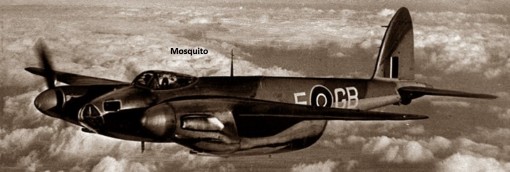
In August 1945 they were joined by 790 Squadron, a Fighter Direction School that worked in cooperation with the Ground Training School based at nearby Kete. 784 Squadron (a Night Fighter school) arrived on the 1st February 1946 flying Fireflies and Ansons.
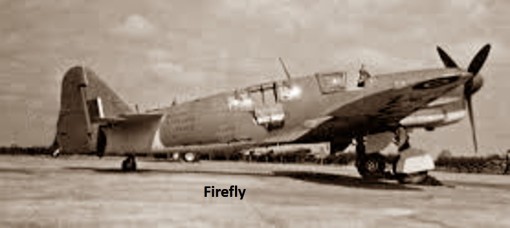
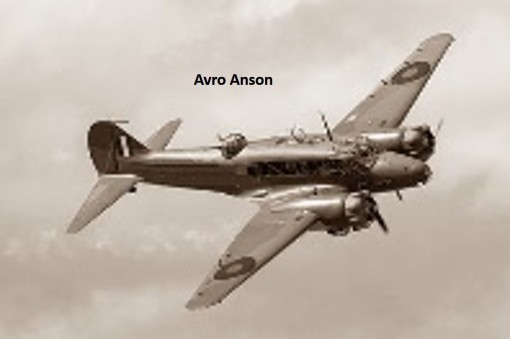
These were disbanded on October1st 1946, they became known as B Flight of 790 Squadron and they left for Culdrose on December 13th 1947. The Western Telegraph and Cymric Times of the 8th of January 1948 reported on the closing of the station:
Closing of Dale Air Station.
-40 Civilian Workers discharged.
Forty civilian workers at Dale Royal Naval Air Station received their discharges last week. The remainder of the 400 civilians who have been working there are now wondering when their time will come. HMS “Goldcrest” the name of the station is due to close on March the 31st but long before that date all the naval personnel, except the care and maintenance staff will have been transferred from the station. All flying stopped last month and yesterday the officer commanding the station left for another post. As the men return from Christmas leave they are being reposted and already the personnel have been substantially reduced. When the station was operating there were more than 1500 Sailors and WRNSs stationed there.
After the War
Between July and August 1946 there was considerable correspondence between Solicitors Evans, Roach and Company (acting for Mrs. Lee-Roberts) and The Admiralty Lands Office. Mostly this concerns forced doors, damage to locks and furniture and items missing. The Admiralty finally relinquished their authority on 16th November 1946. On January 15th 1947 Evans, Roach and Company informed the Admiralty that Mrs. Lee-Roberts was keen to dispose of the fort and could they hurry up and agree a figure for compensation? After more lengthy correspondence, compensation was paid to Evans, Roach and Company acting on behalf of Mrs. Lee-Roberts, who according to their letter “is now resident in Switzerland and likely to remain there for some time”. The final figure was £881.4s.6d. A reliable local source who actually knew Mrs. Lee-Roberts recently informed me that her move to Switzerland was due to her failure to pay the amount of tax His Majesty’s Board of Customs and Excise required.
The Council for the Promotion of Field Studies
The Field Studies Council (formerly The Council for the Promotion of Field Studies) has occupied the premises for longer than anyone else. The organisation originated in the 1940s as the pioneer of environmental education in the outdoors.
Francis Butler

Francis Butler
Francis Butler was an Inspector of Sciences in London Schools in the 1930s and 40s. He had been involved with the establishment of the School Nature Study Union and the development of a Certificate of Proficiency in Natural History by the University of London. In 1943 he was instructed by the London County Council to oversee the welfare of a group of children who had been evacuated from urban London to the Cambridgeshire countryside. Mr. Butler was not an expert in natural history himself and possibly this helped him identify with his charges who were totally at a loss to understand the alien world in which they found themselves. To his surprise and dismay he found that even the children of the local village school had little knowledge of the natural world that surrounded them. It was unheard of to leave the classroom to be exposed to real life natural history.
As a result of his interests Butler met a local General Practitioner, Eric Ennion. Dr. Ennion had resolved to leave medicine after the war and take up some pursuit more suited to his artistic and natural history interests. Butler and Ennion had come to believe in the immense value of awareness and understanding of the workings of natural world.
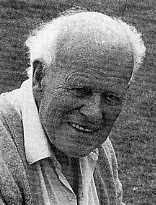
Eric Enyon
The Council for the Promotion of Field Studies
Dating from 1939 there had been discussion among certain academics at Cambridge about establishing places where students might be housed on field courses after the war. There was concern that while students might have massive knowledge of pickled specimens, they could complete their courses successfully and yet remain virtually ignorant of the natural world in real life environments. Dr. Ennion introduced Francis Butler to this group who included Professor Arthur Tansley. Professor Tansley received their proposal to set up The Council for the Promotion of Field Studies (CPFS) in 1943 and a meeting was held at The British Museum (Natural History) on the 10th of September 1943.
Francis Butler emerged from the meeting as the Secretary of the Council and Arthur Tansley was elected on to the Executive Committee. The Executive met in 1945 and Professor Tansley was elected President. The first field centre was at Flatford Mill in Essex, it was leased from the National Trust using a gift of £150 from Professor Balfour-Brown. Eric Ennion moved there in 1946 to become the first “Warden” in the new organization. Shortly after, Juniper Hall in Surrey and Malham Tarn in Yorkshire opened for business as field centres.
More importantly, the CPFS were persuaded by the West Wales Field Society to run their recently acquired Dale Fort as a field centre and a land base for the island of Skokholm. The story of the beginning of Dale Fort as a field centre will continue in the next historical blog.
Leave a comment